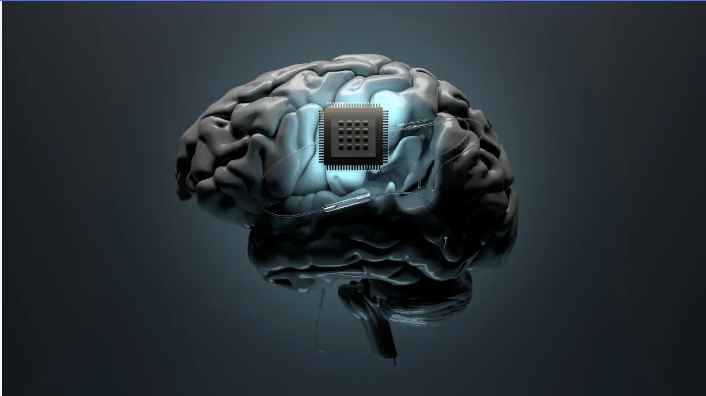Synchron Advances Efforts to Develop Brain-Computer Interface
Synchron’s brain-computer interface device is being developed to allow patients with mobility challenges to operate certain technology with their mind.
Image Credit: Adobe Stock Images/RareStock

Synchron, a brain-computer interface (BCI) company focused on technologies for patients with motor impairments, announced in a company release that it has officially acquired an equity stake in Acquandas, a technology company specializing in high-precision components for healthcare and additional industries. According to Synchron, it aims to use this acquisition to enhance its supply chain for brain-computer interfaces and other products. As per the deal, Synchron CEO Tom Oxley and chief technology officer Riki Banerjee will take positions on the Acquandas governance council as a member and observer, respectively.1
“After many years of development in fabrication technology, I am thrilled to welcome Synchron on board as an investor. This major investment will not only strengthen our existing partnership but will also play a pivotal role in expanding our facilities and capabilities. It serves as a testament to the readiness of our fabrication technology and our company for the market,” stated Rodrigo Lima de Miranda, PhD, CEO, founder, Acquandas, in the aforementioned press release.
According to an article by CNBC, Synchron's BCI is designed to be inserted through blood vessels, and enables users with limited mobility to control digital devices with their thoughts, competing with Elon Musk’s Neuralink BCI. In past trials, the company has implanted its device in 10 patients in the United States and Australia. Synchron is now aiming to conduct further trials with the goal of proving the safety and efficacy of its product to the FDA.2
“As we pioneer functional endovascular neurotechnology, this investment strengthens our technology innovation and supply chain for our unique product offerings, beginning with brain-computer interfaces,” Oxley said in the release.
During a $75 million round of funding, Synchron attracted investors such as Bill Gates and Jeff Bezos. Additionally, Musk, who owns the previously mentioned Neuralink, expressed an interest in the recent moves by Synchron, resulting from the belief that his company should be in the lead, but is currently behind.2
CNBC also reported that while Neuralink opts for a more invasive method involving open brain surgery, Synchron's Stentrode utilizes a less invasive endovascular technique, which, despite producing weaker brain signals, is believed to offer greater accessibility due to its minimally invasive nature.2
In 2022, Musk initially contacted Oxley to discuss a deal during a period of delays with Neuralink, after reportedly expressing frustration with the lack of developmental progress. In 2020, Musk also reached out to Paradromics Inc., a brain tech company, but eventually ended discussions.3
On January 30, 2024, Musk announced that the first human had successfully been implanted with the Neuralink brain implant. In a post on X/Twitter, Musk said the initial results “show promising neuron spike detection.”4
References
1. Synchron Acquires Equity Stake in ACQUANDAS. Business Wire. February 1, 2024. Accessed February 5, 2024. https://www.businesswire.com/news/home/20240131358692/en/Synchron-Acquires-Equity-Stake-in-ACQUANDAS
2. Neuralink competitor Synchron to ramp up brain implant production with equity stake in manufacturer. CNBC. February 1, 2024. Accessed February 5, 2024. https://www.cnbc.com/2024/02/01/neuralink-competitor-synchron-buys-equity-stake-in-manufacturer.html
3. Musk approaches brain chip startup Synchron about deal amid Neuralink delays. Reuters. August 19, 2022. Accessed February 5, 2024. https://www.reuters.com/technology/musk-approaches-brain-chip-startup-synchron-about-deal-amid-neuralink-delays-2022-08-19/
4. Chappell, B. What to know about Elon Musk's Neuralink, which put an implant into a human brain. NPR. January 30, 2024. Accessed February 5, 2024. https://www.npr.org/2024/01/30/1227850900/elon-musk-neuralink-implant-clinical-trial